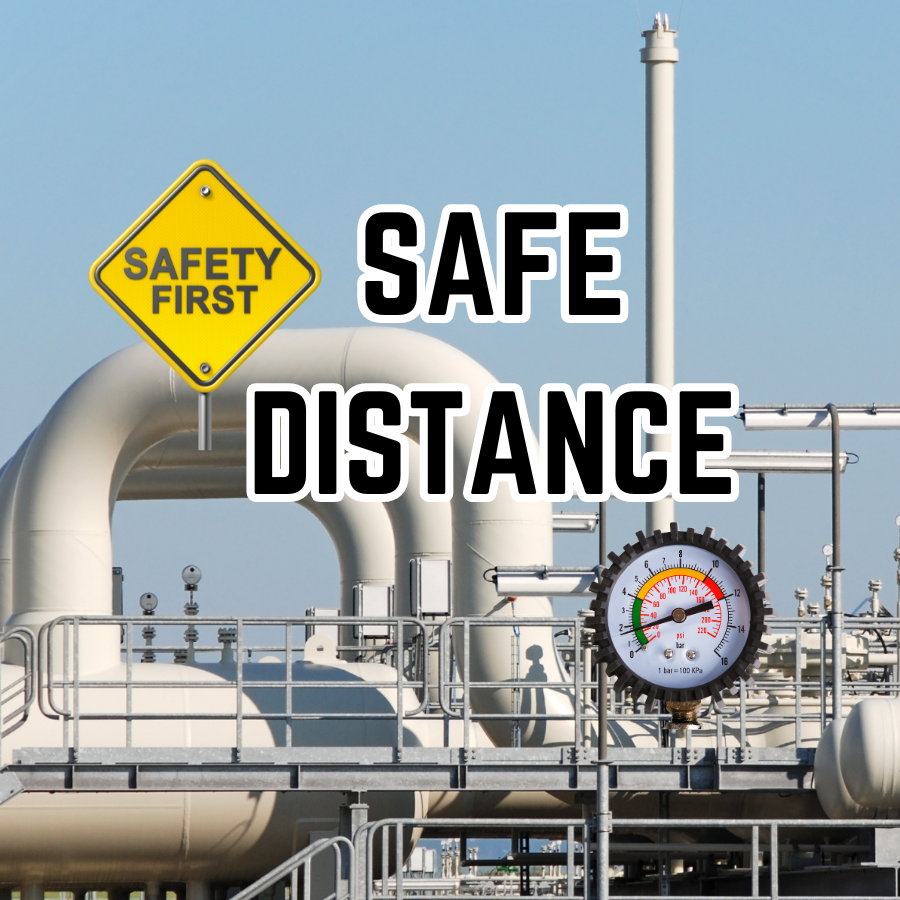Air Cooler Piping Stress Analysis
Air is not as effective as water for cooling due to its higher ambient temperature and lower heat transfer coefficient. However, using air can save significant costs compared to water cooling, as it requires less containment and infrastructure. Air-cooled heat exchangers are commonly used for condensing petroleum vapors and cooling natural gas to reduce its volume for easy transmission. Most mediums cooled by air-cooled heat exchangers are at low temperatures, and some are also at low pressure. As a result of its low temperature and pressure, an air-cooled heat exchanger presents unique challenges in connecting piping. The primary concern for piping engineers is the allowable forces and moments that an air-cooled heat exchanger can withstand.
This table displays the allowable forces and moments for air-cooled heat exchanger nozzles as specified by API Standard 661. It is important to note that these values are not directly related to the actual piping stress, but are instead based on practical and economic considerations of the heat exchanger. The allowable values have a sudden increase for 8-inch nozzles and then remain relatively constant for all larger nozzles. However, meeting these allowable values can be very challenging, particularly for larger nozzle sizes. Special treatments are required to achieve a satisfactory design of the piping system.
Maximum Allowable Nozzle Load
API STANDARD 661 AIR COOLED HEAT EXCHANGER
There are some specific arrangements for the piping used in low-pressure applications. Since the pressure is low, even a slight difference in the inlet or outlet pressure can greatly affect the flow distribution throughout the tube bundles. To ensure an even distribution of flow through all heater sections, a cascading piping layout or a large header construction is required. This guarantees that the inlet and outlet pressures at all tube bundles are the same, which results in the same flow and cooling effect at all bundles. In other words, this type of cascading layout enables all exchanger sections to deliver the full cooling effect. However, achieving the same inlet and outlet pressure at all exchanger sections makes implementing any practical expansion loop very difficult. Any deviation in the piping layout from the ideal configuration will change the inlet and outlet pressure distribution. To avoid the expansion loop, the piping analyst must explore all possible relief scenarios to come up with a good design that can accommodate the allowable nozzle loads.
Cascading Piping Design for Air Cooler
Most air-cooled heat exchangers have a floating header construction. This allows the header to move sideways and lift up to some extent. It is crucial to incorporate these factors into the piping analysis to obtain realistic piping loads. Therefore, the header and possibly the tube bundle flexibility need to be included in the analytical model of the piping.
In case the header is connected to either the inlet or outlet, only the connected piping is modeled in the analysis. However, if the header is connected to both inlet and outlet piping, then both inlet and outlet piping have to be analyzed together. The header can be considered a piece of pipe with a corresponding cross-sectional moment of inertia, or it can be simply regarded as a rigid member.
The header is supported at both ends with single-acting supports.
Typical Air Cooler Piping Design Single-Pass
Typical Air Cooler Piping Desing Double-Pass
The manufacturer has provided gaps to restrain the ends of the air-cooled heat exchanger in the sidewise and upward directions. In addition to the tube bundle weight, the header weight must also be included in the analysis. The tube bundle's resistance to upward header movement can be simulated with a proper spring rate, but this is often ignored due to a lack of spring rate data. Generally, the resistance to z-direction rotational movement is considered rigid.
Since the piping is generally inflexible in the z-direction parallel to the header, the most important requirement of the air-cooled heat exchanger is to provide enough side gaps to accommodate this z-direction expansion of the piping. The side gap should be at least half the expansion of the total width of the cooler assembly subjected to the highest temperature of the piping. If the side gap is insufficient to accommodate this pipe expansion, a modification should be requested.
Source: Pipe Stress Engineering, PENG








This blog is intended as a guide to determining the minimum safe spacing of plants and equipment in Oil Refineries, Petrochemical Complexes, and similar installations.
The spacing recommendations will apply in the absence of Clients' standards or supplement such standards where necessary. They are based on current industry practice.
The spacing recommendations aim to ensure that available plot areas are used economically without affecting personnel safety or plant vulnerability.